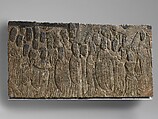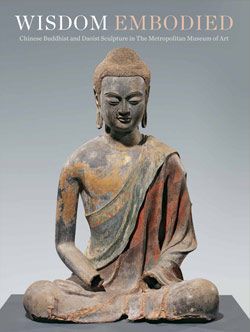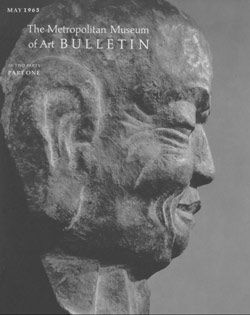Emperor Xiaowen and his entourage worshipping the Buddha
Together with a companion piece showing an empress and her attendants (now in the Nelson-Atkins Museum of Art, Kansas City), this depiction of an emperor and his entourage once adorned the Central Binyang Cave (also known as Cave 3) in the Longmen complex, near Luoyang, in Henan province. It was positioned centrally on the northeast wall between a group of protective semidivinities above and a narrative debate scene below. Xuanwu commissioned the construction of the Central Binyang Cave in honor of his father, the emperor Xiaowen (r. 471–99), and his mother, the dowager Wenzhou (d. 494); the emperor and empress in the reliefs are therefore believed to refer to his parents. A figure wearing court garments and holding a tasseled baton leads the procession. He is followed by a smaller figure wearing armor and another who stands before the emperor, holding an incense burner. The trees originally indicated the point at which the procession moved around a corner, from the north to the east wall. Several of the attendants hold lotuses or other flowers and offerings, and the entire procession can be understood as making offerings to the Buddhas in the cave, an act of merit making that would continue in perpetuity and improve the future lives of the participants.
This image cannot be enlarged, viewed at full screen, or downloaded.



